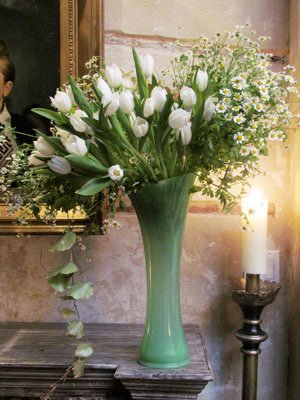What is Ikebana?
Ikebana, the centuries-old Japanese art of flower arrangement, is a mesmerizing display of harmony, balance, and mindful creativity. Rooted in the profound cultural heritage of Japan, ikebana is not merely a floral decoration but an embodiment of spiritual and aesthetic principles that celebrate the connection between humans and nature.
Beyond its aesthetic value, ikebana serves as a form of meditation and self-expression, allowing practitioners to find inner peace and a deeper connection with nature. It is also used in various ceremonies and celebrations, exemplifying the unity of beauty and spirituality in Japanese culture.
In essence, ikebana encapsulates the soul of Japan—a delicate yet profound art form that brings forth the beauty of nature into our lives, reminding us to slow down, appreciate the present moment, and find harmony in simplicity.
Unlike Western floral arrangements that often emphasize fullness and symmetry, ikebana seeks to express the essence of nature's beauty through simplicity, minimalism, and negative space. This concept, known as "ma," allows for a careful selection and placement of each element, emphasizing the interplay between the flowers, stems, and leaves. The result is a composition that breathes with life and possesses a sense of tranquility.
Ikebana artists meticulously consider the flowers' colors, shapes, and textures, as well as the container and the surrounding environment. They follow specific rules to maintain balance and avoid symmetry, thereby reflecting the imperfection inherent in nature. This attention to detail fosters a meditative state of mind, allowing the artist to connect with the natural world on a profound level.














